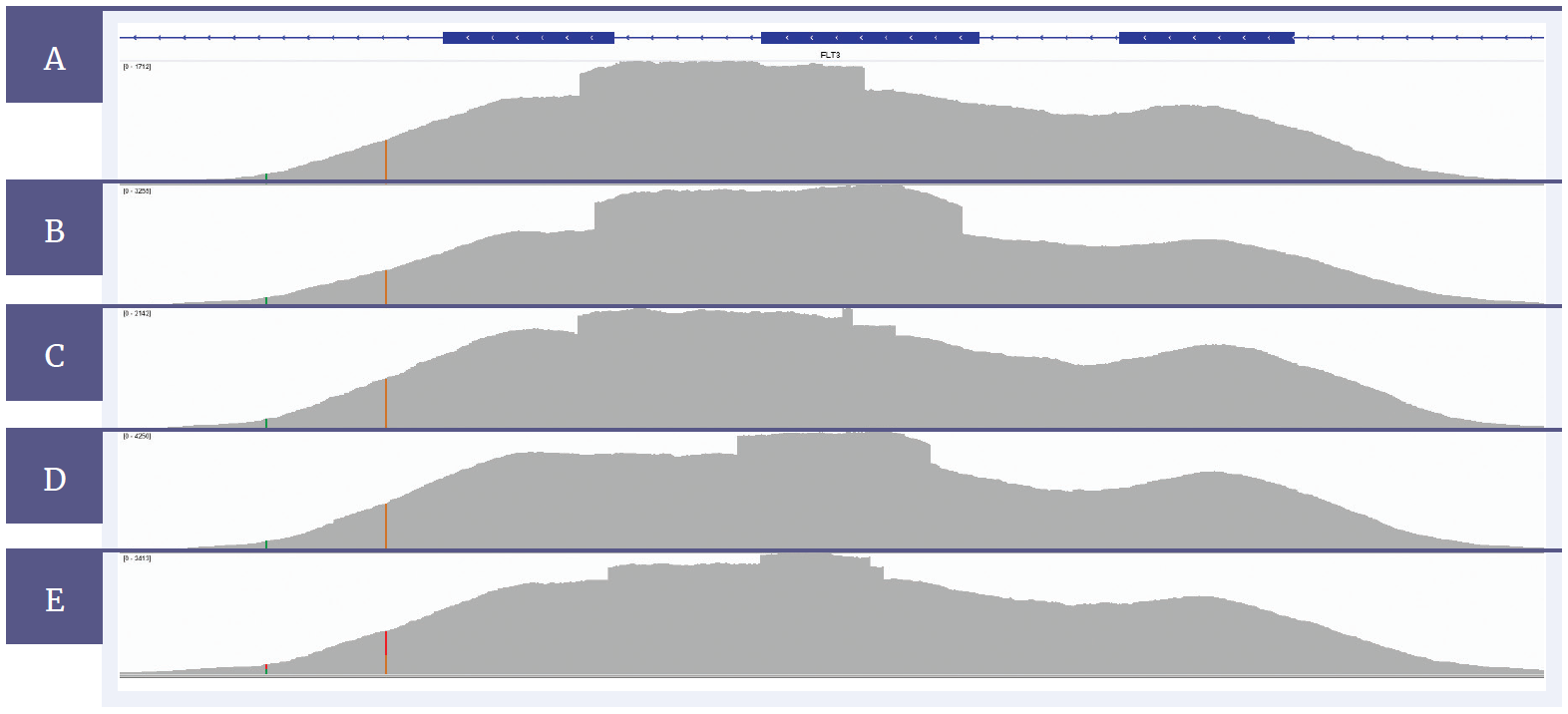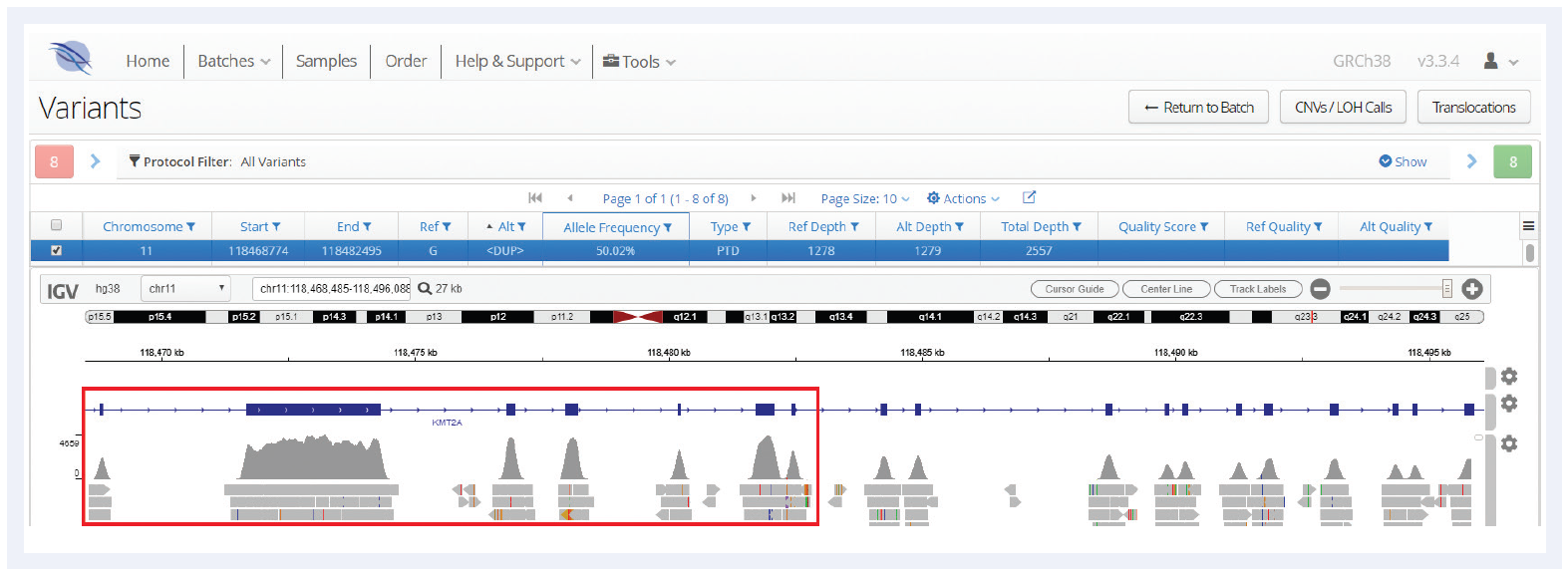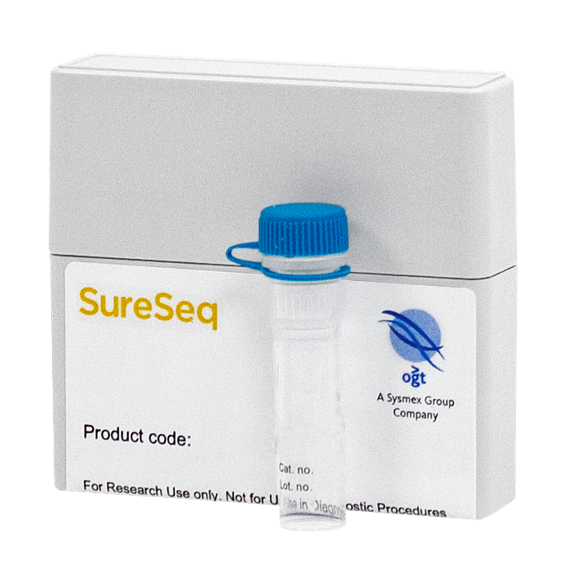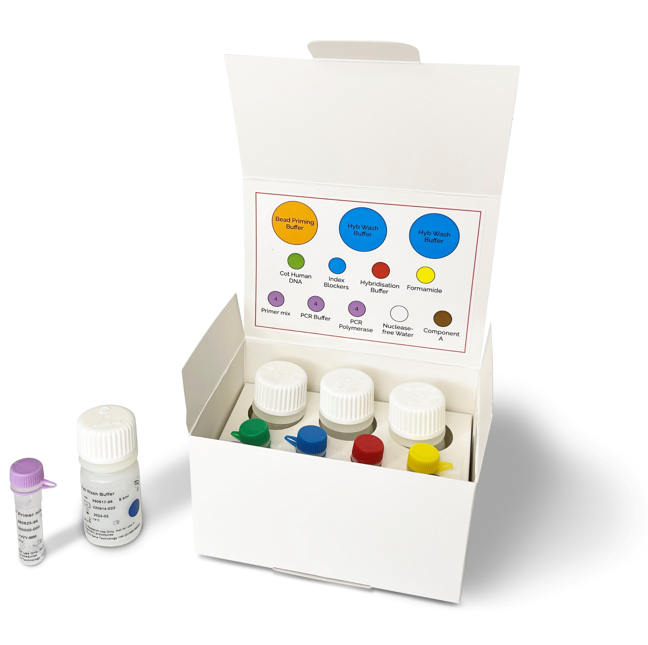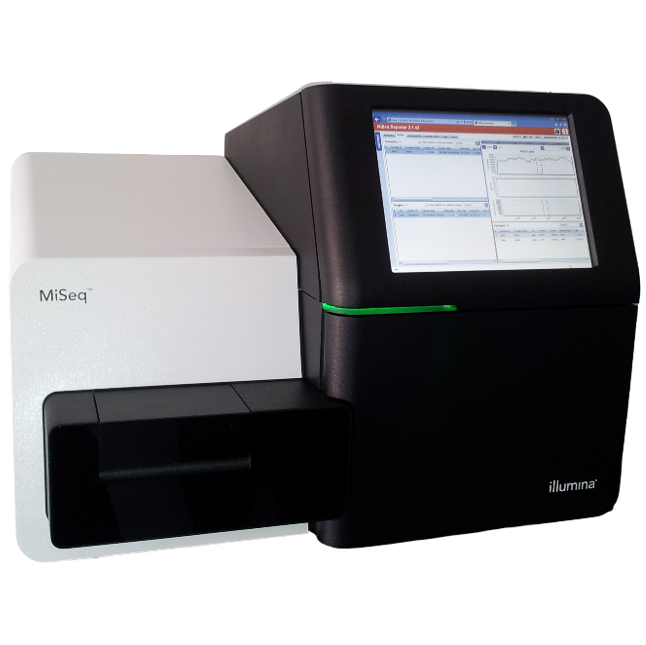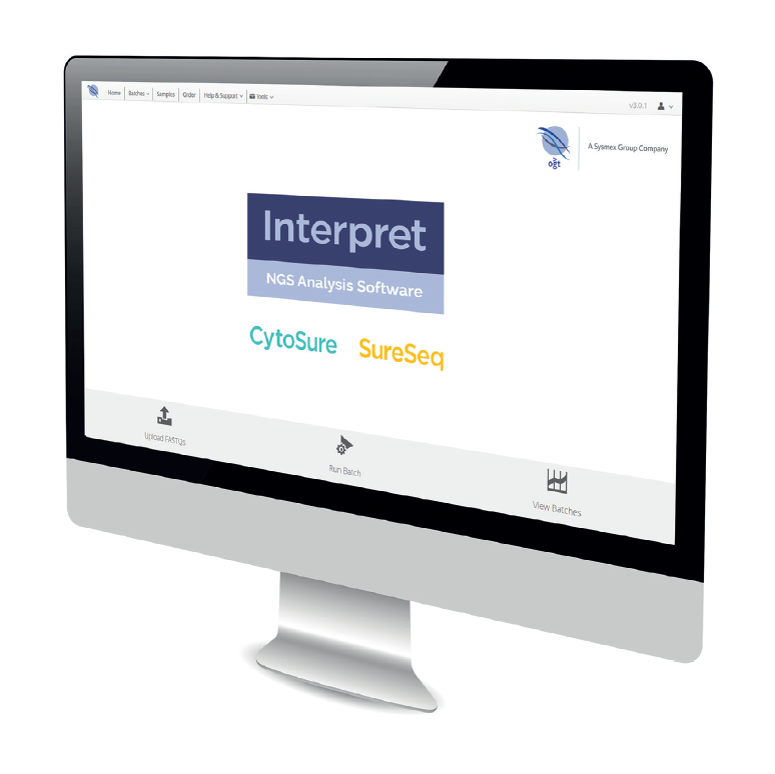


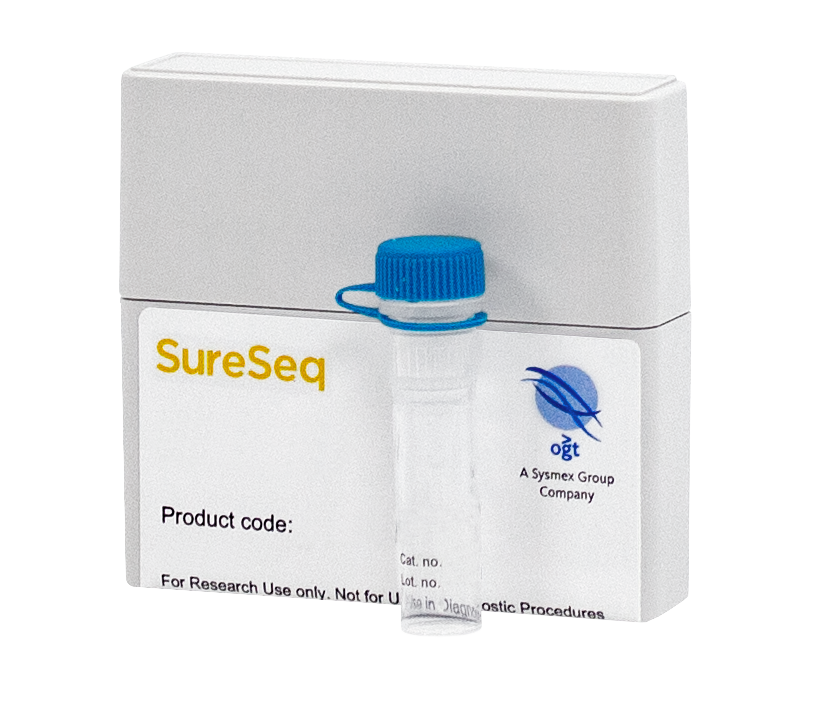
The SureSeq™ Pan-Myeloid Panel has been designed with input from recognized cancer experts to detect key variants in 70 genes implicated in a wide range of myeloid disorders, including acute myeloid leukemia (AML), myeloproliferative neoplasms (MPNs) and myelodysplastic syndrome (MDS). The SureSeq Pan-Myeloid Panel accurately detects SNVs and indels in genes such as CEBPA, JAK2, CALR and MPL, as well as structural variants including FLT3-ITDs and KMT2A-PTDs, providing researchers with a single NGS workflow delivering a comprehensive picture of the genetic make-up of each myeloid sample.

Investigate key variants in 70 genes implicated in a variety of myeloid malignancies

Confidently detect low-frequency SNVs and indels down to 1% VAF

Streamline your laboratory workflow with a single NGS assay

Easy-to-use analysis solution for accurate detection of all variants in your panel
Myeloid malignancies are a heterogenous group of diseases, associated with a wide variety of variants ranging from mutations to structural variations. The hybridization-based SureSeq Pan-Myeloid Panel is able to consistently detect clinically relevant variants down to 1% variant allele frequency (VAF) in 70 key genes implicated in myeloid malignancies.
Mutations in the CEBPA gene are among the most common molecular alterations in AML, which itself is the most common type of acute leukemia in adults1,2. Sequencing of CEBPA is challenging due to the presence of repeat regions and the high GC-content of the gene, leading to poor coverage across these regions and potentially missed variants. OGT’s expert bait design overcomes these issues and provides exceptional coverage uniformity, enabling reliable detection of variants and eliminating the requirement for supplementary fill-in with Sanger sequencing (Figure 1).
FLT3 internal tandem duplications (ITDs) are challenging to target, and subsequently detect, because they are by nature repetitive and can be very long. As a result, FLT3-ITDs are generally masked in most panel designs, necessitating additional techniques to obtain a comprehensive genetic picture. OGT employs sophisticated bait designs to generate uniform coverage across, as well as upstream and downstream of the repetitive region. In combination with our complimentary NGS analysis software Interpret, this allows easy detection of FLT3-ITDs ranging from a handful of base pairs to >200 bp (Figure 2).
Other tandem duplications frequently observed in AML are partial tandem duplications (PTDs) in KMT2A (MLL). Similar to ITDs, KMT2A-PTDs are notoriously difficult to detect due to their size, with duplications spanning multiple exons. With OGT’s expertise in hybridization-based panel design, SureSeq offers robust detection of all sizes of KMT2A-PTDs, alleviating the burden of running multiple assays (Figure 3).

Figure 1: Illustration of the excellent coverage uniformity of the CEBPA gene. Depth of coverage per base (grey). Targeted region (green). Gene coding region as defined by RefSeq (blue). GC percentage (red).

Interpret is OGT’s powerful and easy-to-use NGS analysis solution, facilitating analysis and visualization of a wide range of somatic variants and structural aberrations. Designed to work seamlessly with all SureSeq panels, Interpret perfectly complements the SureSeq Pan-Myeloid Panel, delivering fast and accurate detection of all SNVs, indels, ITDs and PTDs covered by the panel. Following detection, all variants can be easily visualized in the user-friendly variant browser, for an effortless translation of all your myeloid data into meaningful results.
You never have to sequence genes you’re not interested in and can always modify each panel to what’s relevant to your research. If the SureSeq Pan-Myeloid Panel doesn’t meet your exact requirements (see table 2 for a detailed breakdown of the numbers), you can choose from our regularly updated, expert-curated library of pre-optimized cancer content to create your ideal custom SureSeq myPanel™ Myeloid Panel. Alternatively, have a look at the other myeloid panels we have available, including our focused 3-gene SureSeq Core MPN Panel and the SureSeq myPanel Custom Myeloid Panel - 49 gene plus, or our disease-specific content, such as our SureSeq myPanel NGS Custom AML panels.
* Exon examples not yet available

*Metrics calculated with 1000 ng DNA using Covaris and Speedvac options in the protocol. Contact support for specific information based on your laboratory workflow.
